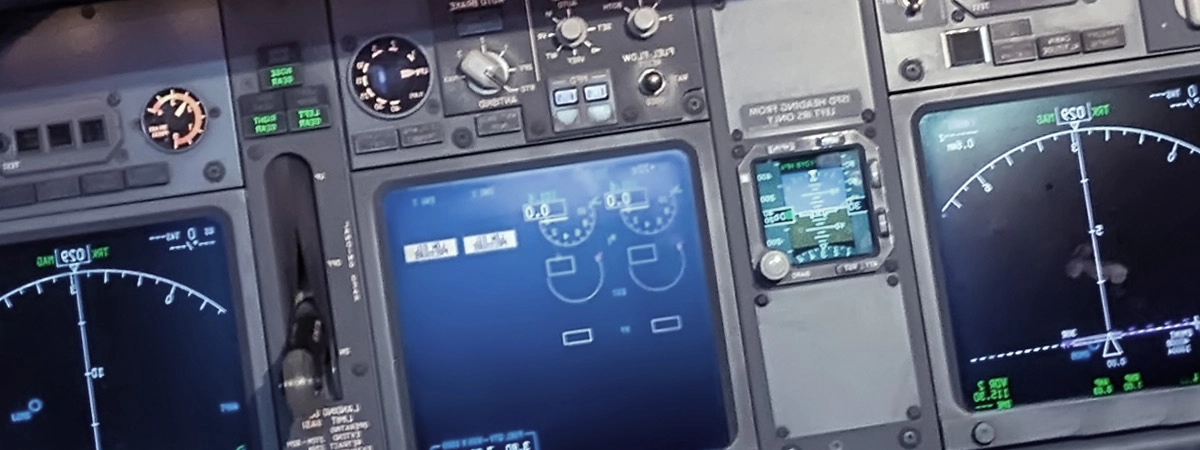ISO 16328 Doppler Speed Log Performance Testing
The ISO 16328 standard outlines stringent requirements and procedures for conducting performance testing on Doppler speed logs, a critical component of marine navigation systems. This test ensures that the speed log accurately measures vessel velocity in various operational conditions, which is essential for safe maritime operations.
Doppler speed logs are used to measure the speed of a ship relative to the surrounding water using the Doppler effect. The technology relies on the frequency shift of sound waves emitted by the device and reflected back from particles in the water. This method allows for precise measurements even when the vessel is moving at low speeds or in challenging conditions like strong currents.
The testing procedure specified in ISO 16328 involves several stages, each designed to evaluate different aspects of the speed log's performance under various operational scenarios:
- Calibration: Ensuring that the device operates within its expected range and accuracy.
- Varying Speed Tests: Simulating different speeds from a stationary position up to high-speed conditions.
- Obstruction Testing: Evaluating performance in the presence of obstacles like buoys or other vessels.
- Environmental Conditions: Assessing how the speed log performs under different weather and water quality conditions.
The testing apparatus typically includes a controlled environment simulation tank where various parameters can be precisely adjusted to mimic real-world conditions. This setup allows for comprehensive evaluation of the device's performance across multiple variables, ensuring reliability in diverse operational environments.
Compliance with ISO 16328 is crucial for manufacturers and suppliers to ensure that their Doppler speed logs meet international standards and can be trusted for accurate measurements. The test results provide critical data that helps in optimizing the design and functionality of these devices, thereby enhancing overall maritime safety.
For quality managers and compliance officers, understanding the intricacies of ISO 16328 is essential to ensure that products meet stringent international standards. For R&D engineers and procurement personnel, this knowledge can guide product development and selection processes, ensuring that only high-quality devices are used in critical maritime operations.
The testing process involves meticulous calibration and rigorous performance checks under simulated conditions that closely mirror real-world scenarios. The comprehensive nature of the test ensures that any potential issues or limitations in the device's accuracy and reliability can be identified early on, allowing for timely corrections and improvements.
Why It Matters
The performance testing of Doppler speed logs as per ISO 16328 is critical for several reasons:
- Safety in Navigation: Accurate speed measurements are essential for safe navigation, preventing collisions and ensuring the vessel follows its intended course.
- Regulatory Compliance: Meeting international standards ensures that products can be used globally without facing regulatory barriers.
- Innovation and Optimization: Testing helps in identifying areas for improvement, leading to more advanced and reliable devices.
The test results provide a benchmark against which the performance of Doppler speed logs can be compared. This is particularly important for manufacturers who need to ensure their products meet or exceed international standards. For users, compliance with these tests ensures that they have access to accurate and reliable equipment, enhancing maritime safety.
Quality and Reliability Assurance
The quality and reliability of Doppler speed logs are paramount for ensuring safe and efficient maritime operations. The testing process outlined in ISO 16328 plays a crucial role in this regard by providing a comprehensive evaluation framework.
During the calibration stage, the device is adjusted to ensure it operates within its specified range of accuracy. This step is critical as any deviation from expected performance can lead to inaccurate speed measurements, which could have severe consequences during navigation.
The varying speed tests simulate different operational scenarios that a vessel might encounter. These include low-speed conditions where the Doppler effect becomes more pronounced and high-speed conditions where rapid changes in velocity need to be accurately measured. The results from these tests provide insights into how well the device can handle a wide range of speeds.
Obstruction testing evaluates the performance of the speed log when there are external factors such as buoys or other vessels that could interfere with its operation. This ensures that the device remains reliable even in complex maritime environments, enhancing overall navigational safety.
The environmental conditions test assesses how well the Doppler speed log performs under different weather and water quality conditions. Factors like temperature, salinity, and turbulence can significantly affect the accuracy of speed measurements. By subjecting the device to these varied conditions during testing, manufacturers can ensure that their products are robust and reliable in real-world scenarios.
The rigorous nature of ISO 16328 ensures that only high-quality Doppler speed logs reach the market. This not only protects end-users but also promotes innovation by encouraging continuous improvement in technology and design.
International Acceptance and Recognition
The ISO 16328 standard has gained widespread acceptance and recognition within the international maritime community. Compliance with this standard is not only a requirement for manufacturers but also a mark of quality and reliability that enhances marketability.
Many countries have adopted these standards as part of their regulatory frameworks, ensuring that products meet the highest safety and performance requirements. This global acceptance simplifies the import and export processes, allowing companies to sell their products in multiple markets without facing compliance issues.
The standard is recognized by major maritime organizations such as the International Maritime Organization (IMO) and the American Bureau of Shipping (ABS). These organizations often recommend or require compliance with ISO 16328 for critical equipment used in maritime operations. This recognition further enhances the credibility and trustworthiness of compliant products.
For manufacturers, achieving compliance with ISO 16328 opens doors to international markets and promotes brand reputation. It demonstrates a commitment to quality and safety, which are essential for maintaining competitive advantage in the global market.
The standard's widespread adoption also fosters innovation by encouraging continuous improvement in technology and design. By adhering to these stringent requirements, manufacturers can stay ahead of industry trends and ensure that their products meet or exceed international standards.





